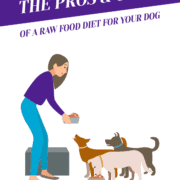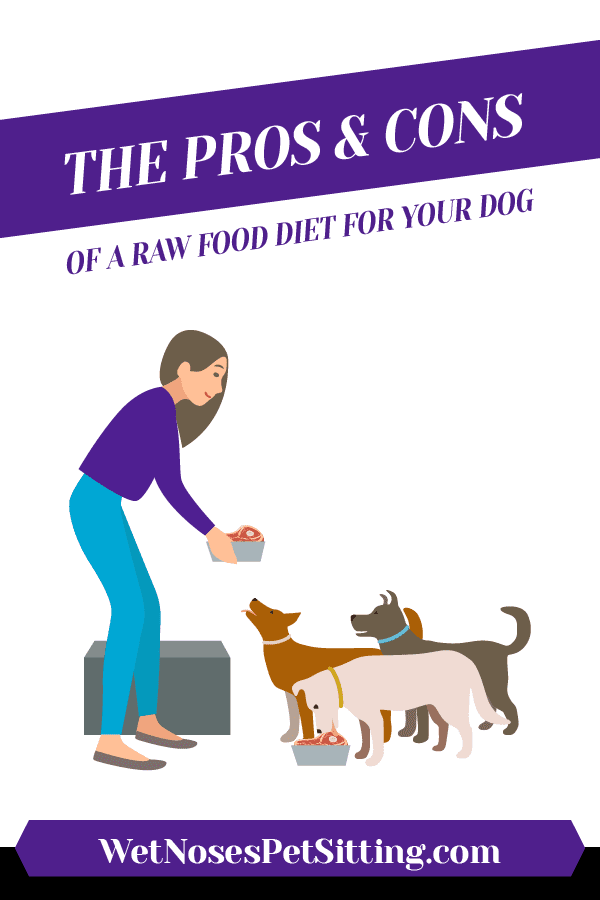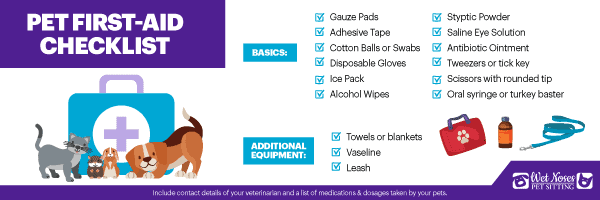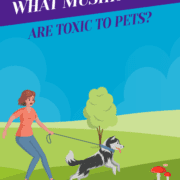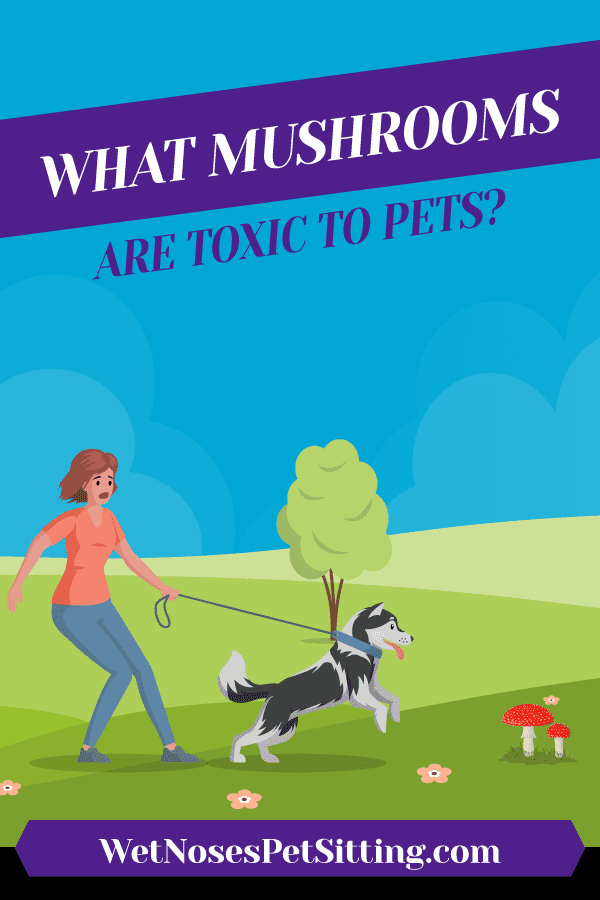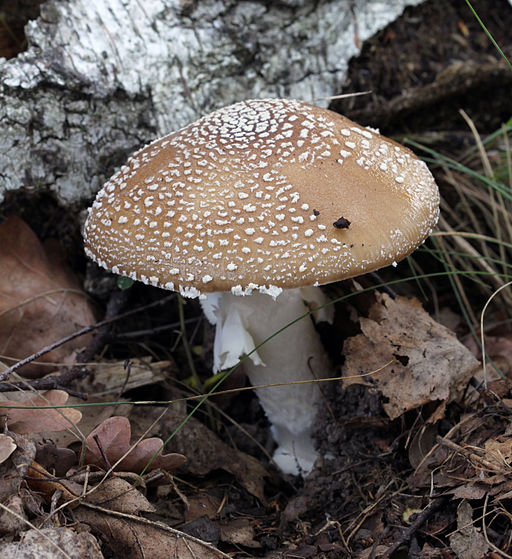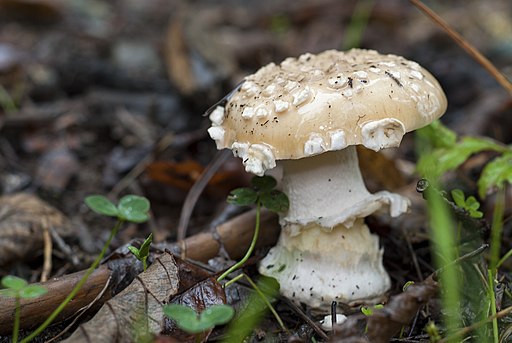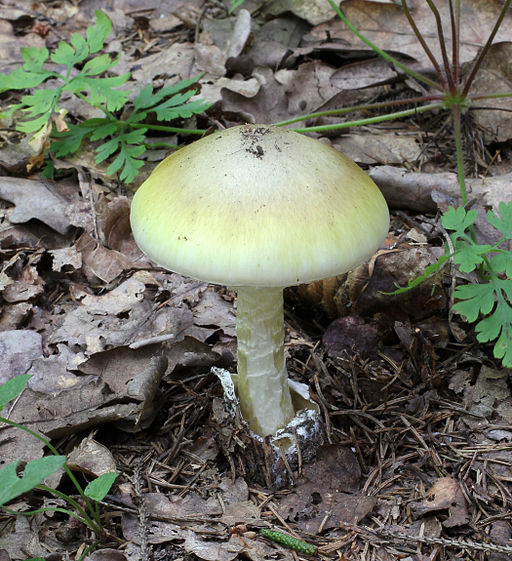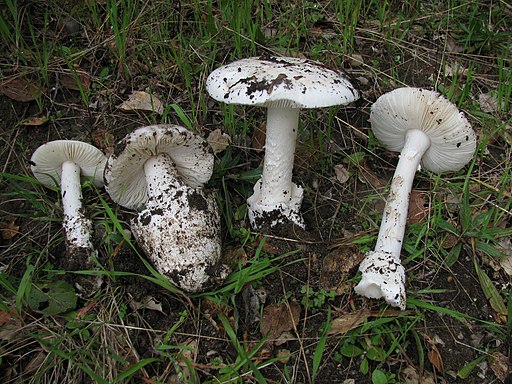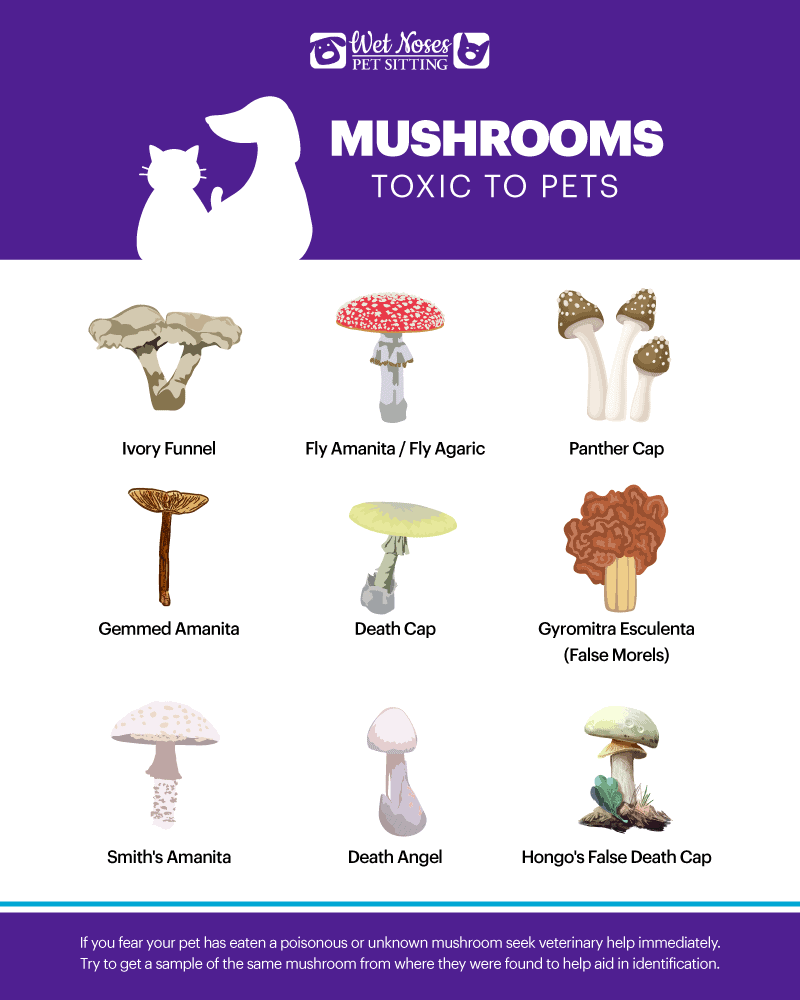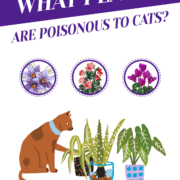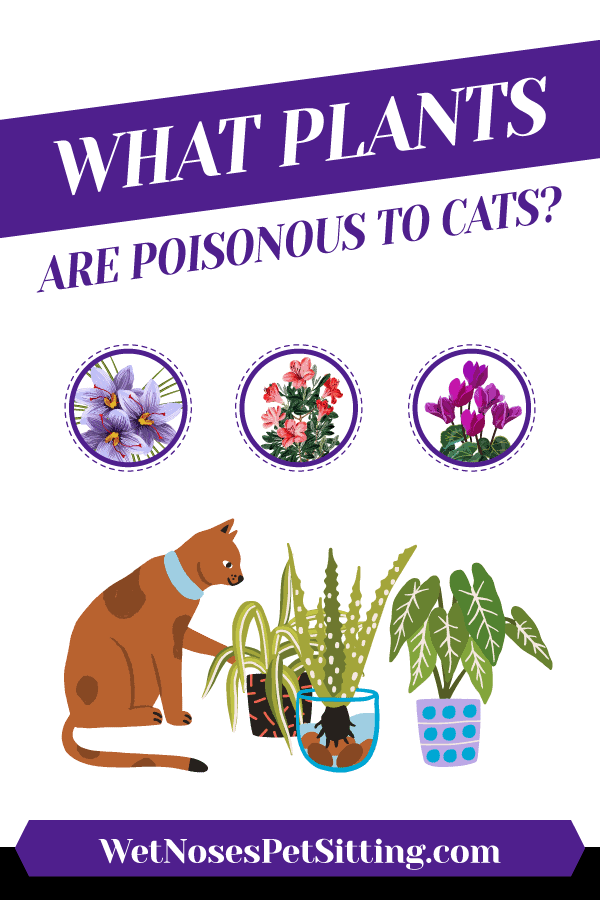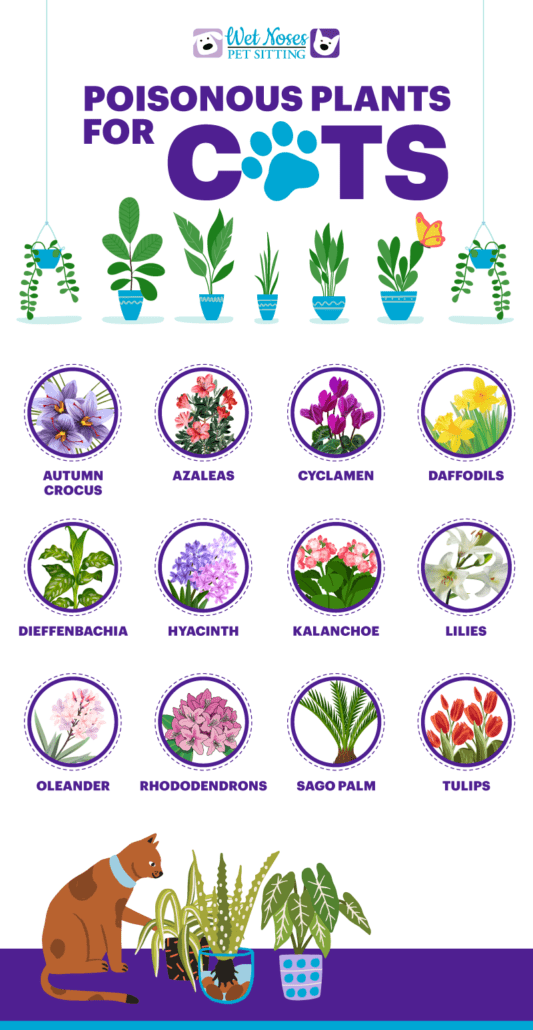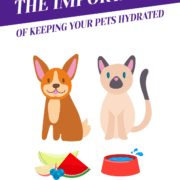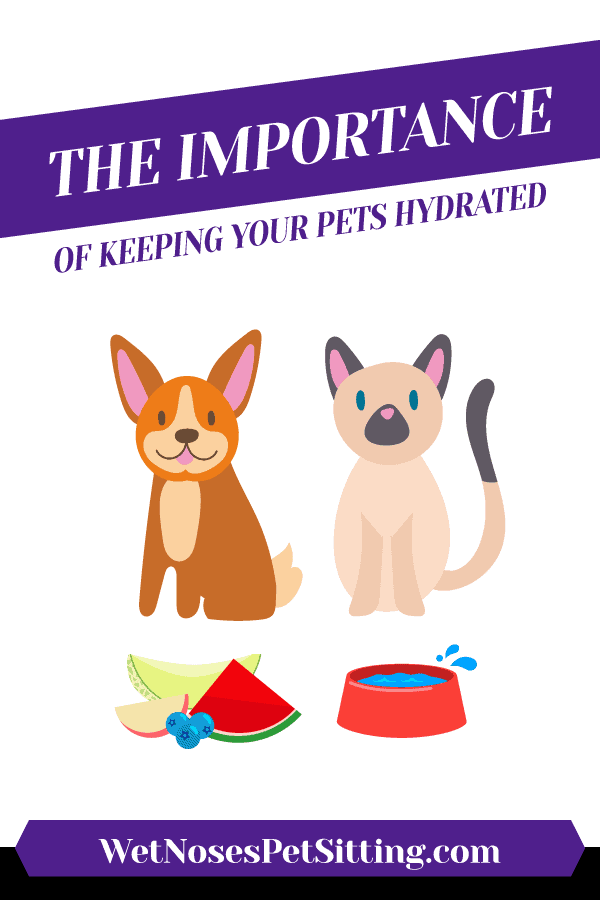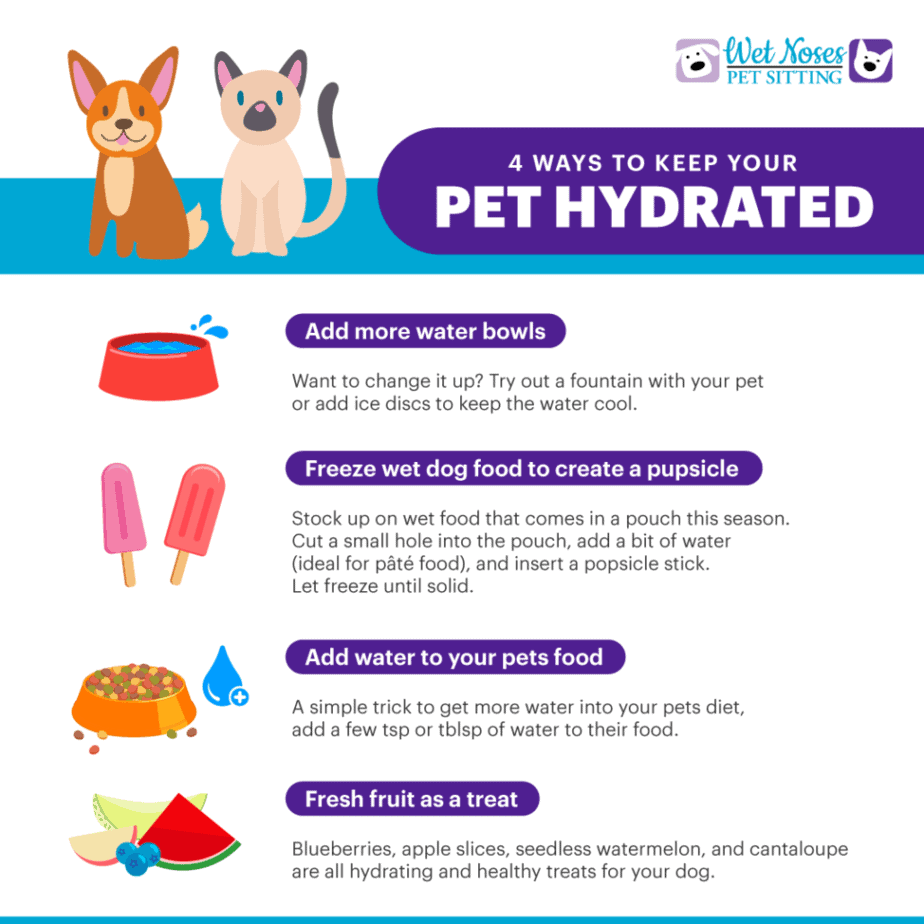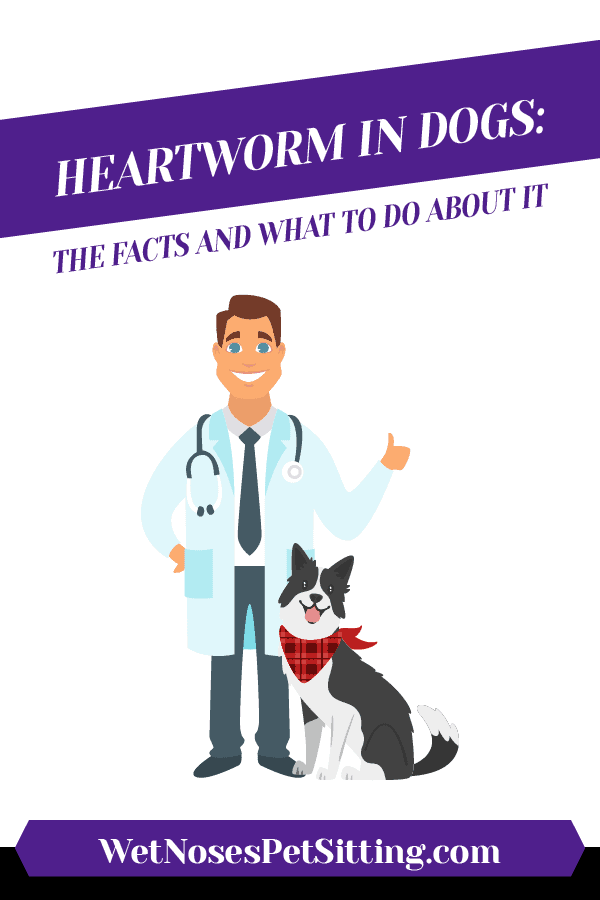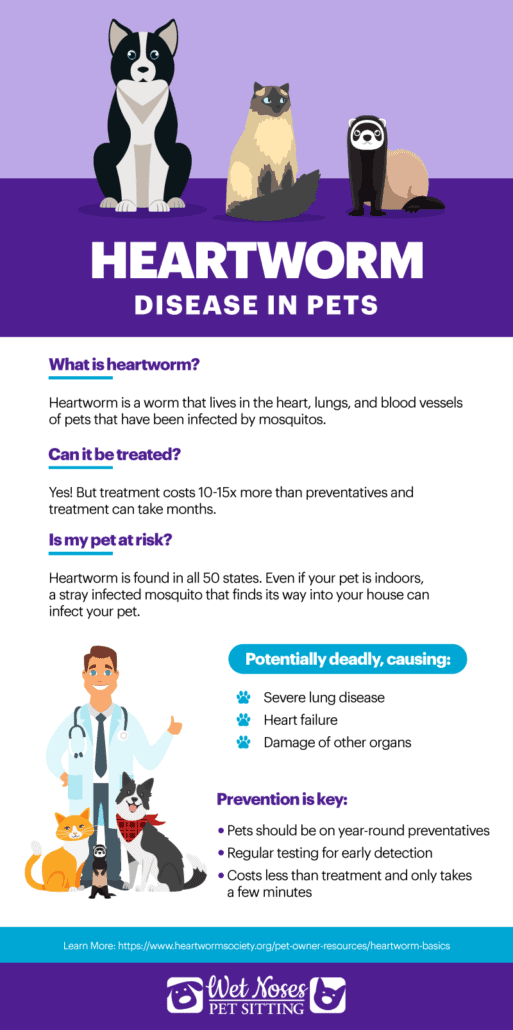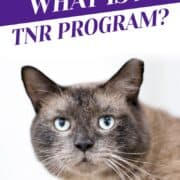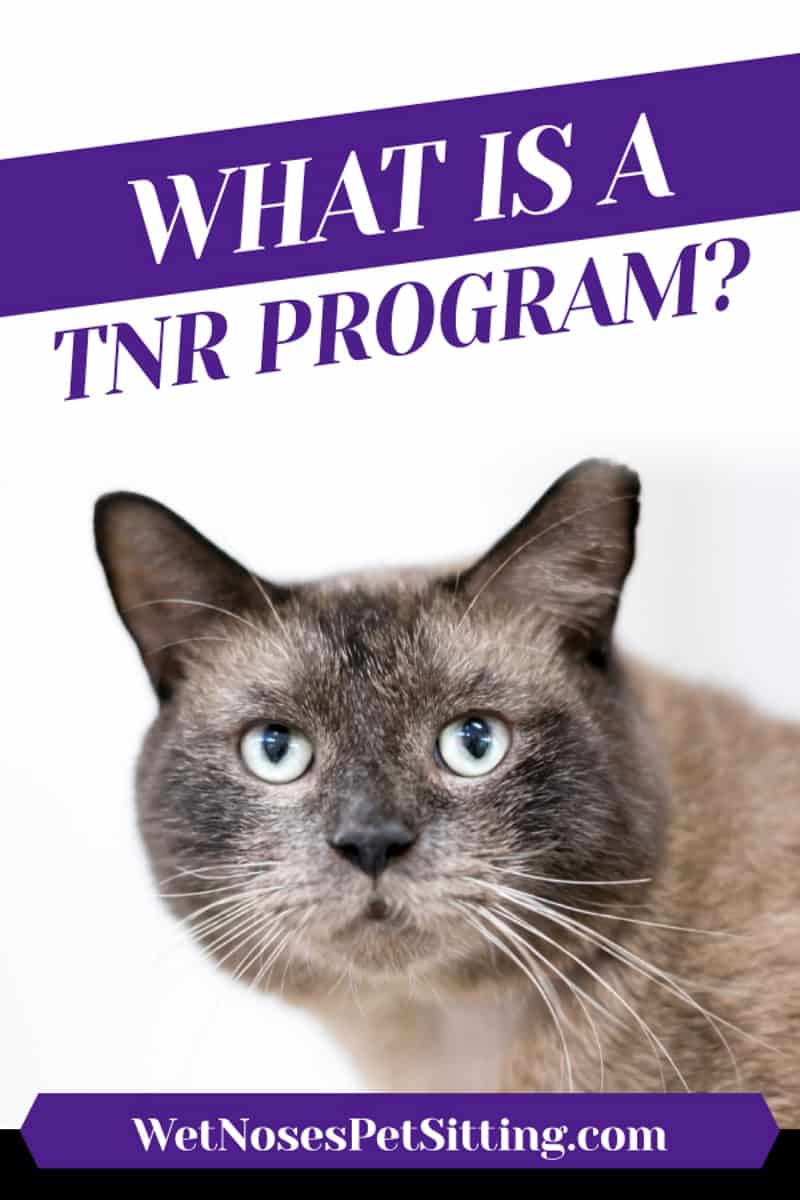The Pros & Cons Of A Raw Food Diet For Your Dog
The Pros & Cons Of A Raw Food Diet For Your Dog
You might have heard your friends talking about feeding a raw diet, but what exactly is a raw diet? Is it giving your dog a raw steak from the local butcher? Not quite! Raw food for pets is still relatively new on store shelves but this raw food isn’t the same as ours. Raw food for pets is made to be a complete meal that provides everything your pet needs to live a happy, healthy life. But what are the pros and cons of feeding a raw diet?
Pros:
- Increased excitement for meal time: Some pet parents think their pets are picky eaters but in reality they’re just bored of what they’ve been getting. A raw diet can increase meal time excitement.
- Maintain weight or lose weight: Raw diets are deal for maintaining or loosing weight as they mimic what they would eat in the wild.
- Improved health: Raw diets can provide many health benefits such as: improved digestion, better skin and coat health, and increased energy.
- Less poop or less frequent: On an all raw diet ideally feces will turn grey and flake away after a few days. That means less pooper scooping. Some owners report their dog is still wanting going out as much but often times bowel movements are smaller.
- Better odor and breath: Raw diets can help with pet odor including eliminating that corn chip smell some dogs paws have from a diet too high in carbohydrates. It can also help make breath fresher as raw diets can naturally clean teeth.
Cons:
- Cost: Raw diets can be more expensive than kibble (dry food) depending on the size of your dog and what you currently are feeding.
- Bacteria in raw meat: While raw diets are tested to be safe, you are handling raw meat which means if handled improperly could lead to pathogens such as salmonella and E. coli infecting humans.
- Unbalanced diet: It’s important to do research before feeding your dog an all raw diet to ensure they are getting all the proper nutrients they need. Many owners are tempted to give their dogs only raw meat. This not only could lead to pathogens but it could also lead to a sick pet.
- Time consuming: For those owners preparing their dogs food, time can be a huge factor. Is your pet food frozen? You will still have to remember to let the food thaw in the fridge before serving (unless your pet likes it frozen solid).
- Less convenient: Raw diets do not travel well. Many hotels do not have a freezer large enough to accommodate the amount of raw you may need to bring. Certain brands of raw may not be available to purchase at your destination either.
Raw diets aren’t for everybody and that’s ok. Some pet parents feed all raw, others only do a meal or two each week, and some don’t do any raw. Perhaps you can make it one of your New Years resolutions to incorporate more raw into your pets diet. If you’re thinking about raw there are many different brands on the market to suit every need. Here are a few of the top raw commercial dog food brands on the market:
- Northwest Naturals
- Primal Pet Foods
- Stella and Chewy’s
- Steve’s Real Food
- Tiki Pets
- Tucker’s
- Vital Essentials
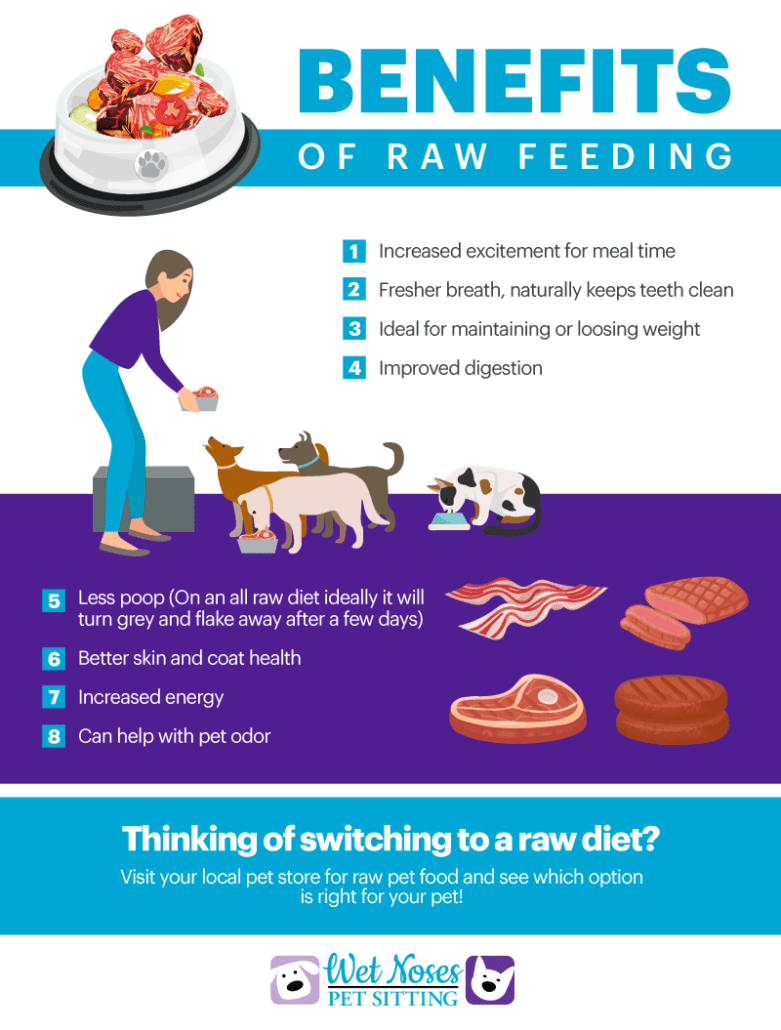 What do you feed your pet? Let us know in the comments or @WetNosesPetSitting. Curious about cats? This information applies to cats too.
What do you feed your pet? Let us know in the comments or @WetNosesPetSitting. Curious about cats? This information applies to cats too.

